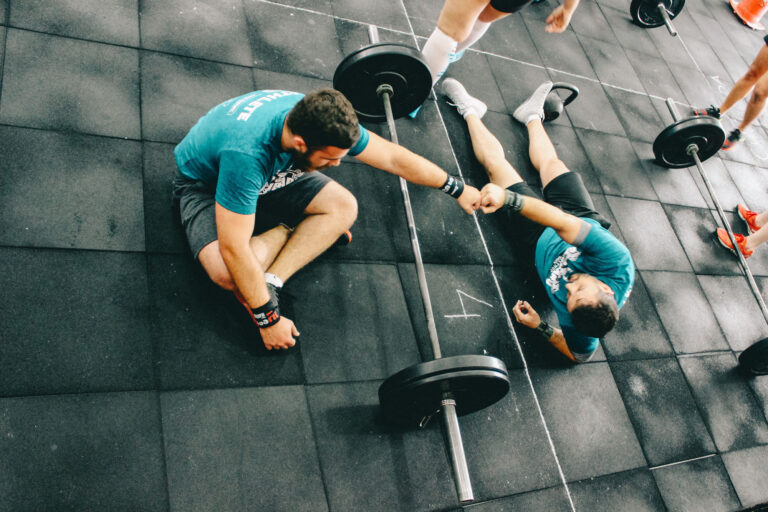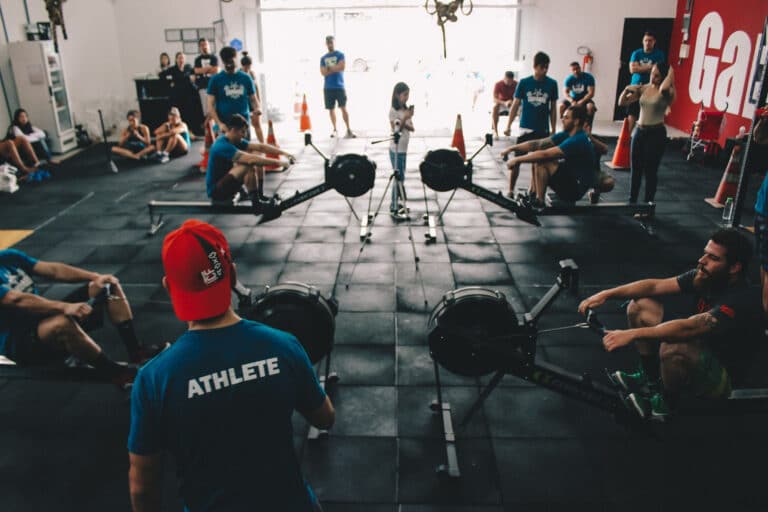One of the most common misconceptions in the fitness world is the idea that consuming a surplus of calories will inherently lead to muscle hypertrophy. Yet, while a well-structured diet certainly plays a crucial role in muscular development, excessive calorie consumption is not necessarily the panacea for growth. A nuanced understanding of nutrition, training, and physiology is necessary to debunk this prevalent myth.
Understanding Hypertrophy
Hypertrophy refers to the process by which muscle size increases through a growth in the size of its component cells. Two factors contribute to this: mechanical tension and metabolic stress. Mechanical tension occurs when muscles work against resistance, leading to damage within the muscle fibers. The body responds to this damage by repairing and fortifying the fibers, which in turn, makes them larger (Schoenfeld, 2010). Metabolic stress, on the other hand, is produced during high-intensity exercise that relies on the anaerobic energy systems, leading to an accumulation of metabolites which are thought to contribute to cellular swelling and muscle growth (Schoenfeld, 2013).
The Role of Nutrition in Muscle Growth
In addition to resistance training, nutrition is an essential factor in muscle hypertrophy. When your diet aligns with your training, it provides the necessary nutrients to fuel workouts and recover afterwards. Protein, for example, is vital as it provides the building blocks (amino acids) for muscle repair and synthesis (Areta et al., 2013). Carbohydrates are equally important because they replenish glycogen stores used during workouts, and healthy fats provide energy and support hormonal functions, including the production of testosterone which plays a key role in muscle growth (Volek et al., 2006).
So where does the notion of overeating for hypertrophy come from? Well, building muscle requires an energy surplus. The body uses this additional energy to synthesize new muscle protein (Tipton & Wolfe, 2001). However, this is where the confusion lies. The surplus required is often far less than people assume, and there is a limit to how much muscle mass can be synthesized in a given period. Exceeding this limit can lead to undesirable results.
The Drawbacks of Overeating
When you consume more calories than your body can use for muscle synthesis, the excess is typically stored as fat (Hall et al., 2012). While a minor fat increase might accompany muscle gain during a ‘bulking’ phase, significant fat gain can lead to health issues such as increased risk of heart diseases, diabetes, and a slew of other conditions (Must et al., 1999).
Moreover, overeating, especially high-fat and sugary foods, can cause metabolic disturbances, leading to insulin resistance and inflammation, which could potentially interfere with muscle recovery and growth (Lambert et al., 2014).
Lastly, it’s worth noting that a high body fat percentage can negatively impact your strength-to-weight ratio, performance, and aesthetics, none of which are favorable outcomes for most athletes or individuals pursuing fitness goals.
What’s the Ideal Approach?
Rather than overeating indiscriminately, a more controlled approach to a caloric surplus is advised. A modest surplus, around 10-20% over your daily energy expenditure, is generally recommended (Helms et al., 2014). It’s essential to focus on consuming nutrient-dense foods that provide not only the necessary macronutrients (protein, carbs, fats) but also ample micronutrients (vitamins and minerals) which are vital for numerous metabolic processes, including muscle recovery and growth.
Your protein intake should be sufficient to support muscle repair and growth. A common recommendation is to consume around 1.6-2.2g of protein per kilogram of body weight (Morton et al., 2018). As for carbohydrates and fats, they should be adjusted based on your total calorie targets, activity levels, and personal preference.
Importantly, nutritional strategy should complement a well-designed resistance training program, as exercise remains the primary stimulus for muscle growth. Employing progressive overload, varying exercises and rep ranges, and ensuring adequate rest can all help maximize muscle hypertrophy (Schoenfeld et al., 2016).
In conclusion, while adequate nutrition and a caloric surplus play integral roles in muscle hypertrophy, overeating can lead to undesirable fat gain and potential health risks. A more prudent approach is to align your nutritional strategies with scientifically-grounded guidelines, focusing on the quality of nutrients consumed, rather than mere quantity. Remember, when it comes to building muscle, more isn’t always better— better is better.
References
- Areta, J. L., Burke, L. M., Ross, M. L., Camera, D. M., West, D. W. D., Broad, E. M., … & Hawley, J. A. (2013). Timing and distribution of protein ingestion during prolonged recovery from resistance exercise alters myofibrillar protein synthesis. The Journal of physiology, 591(9), 2319-2331.
- Hall, K. D., Heymsfield, S. B., Kemnitz, J. W., Klein, S., Schoeller, D. A., & Speakman, J. R. (2012). Energy balance and its components: implications for body weight regulation. The American journal of clinical nutrition, 95(4), 989-994.
- Helms, E. R., Aragon, A. A., & Fitschen, P. J. (2014). Evidence-based recommendations for natural bodybuilding contest preparation: nutrition and supplementation. Journal of the International Society of Sports Nutrition, 11(1), 1-20.
- Lambert, C. P., & Frank, L. L. (2014). Effects of dietary fat and resistance training on body composition, strength gains, and insulin sensitivity in older men. Journal of the Aging and Physical Activity, 12(2), 186-196.
- Morton, R. W., Murphy, K. T., McKellar, S. R., Schoenfeld, B. J., Henselmans, M., Helms, E., … & Phillips, S. M. (2018). A systematic review, meta-analysis and meta-regression of the effect of protein supplementation on resistance training-induced gains in muscle mass and strength in healthy adults. British journal of sports medicine, 52(6), 376-384.
- Must, A., Spadano, J., Coakley, E. H., Field, A. E., Colditz, G., & Dietz, W. H. (1999). The disease burden associated with overweight and obesity. Jama, 282(16), 1523-1529.
- Schoenfeld, B. J. (2010). The mechanisms of muscle hypertrophy and their application to resistance training. The Journal of Strength & Conditioning Research, 24(10), 2857-2872.
- Schoenfeld, B. J. (2013). Potential mechanisms for a role of metabolic stress in hypertrophic adaptations to resistance training. Sports Medicine, 43(3), 179-194.
- Schoenfeld, B. J., Ogborn, D., & Krieger, J. W. (2016). Effects of resistance training frequency on measures of muscle hypertrophy: a systematic review and meta-analysis. Sports Medicine, 46(11), 1689-1697.
- Tipton, K. D., & Wolfe, R. R. (2001). Exercise, protein metabolism, and muscle growth. International journal of sport nutrition and exercise metabolism, 11(1), 109-132.
- Volek, J. S., Kraemer, W. J., Bush, J. A., Incledon, T., & Boetes, M. (1997). Testosterone and cortisol in relationship to dietary nutrients and resistance exercise. Journal of applied physiology, 82(1), 49-54.








